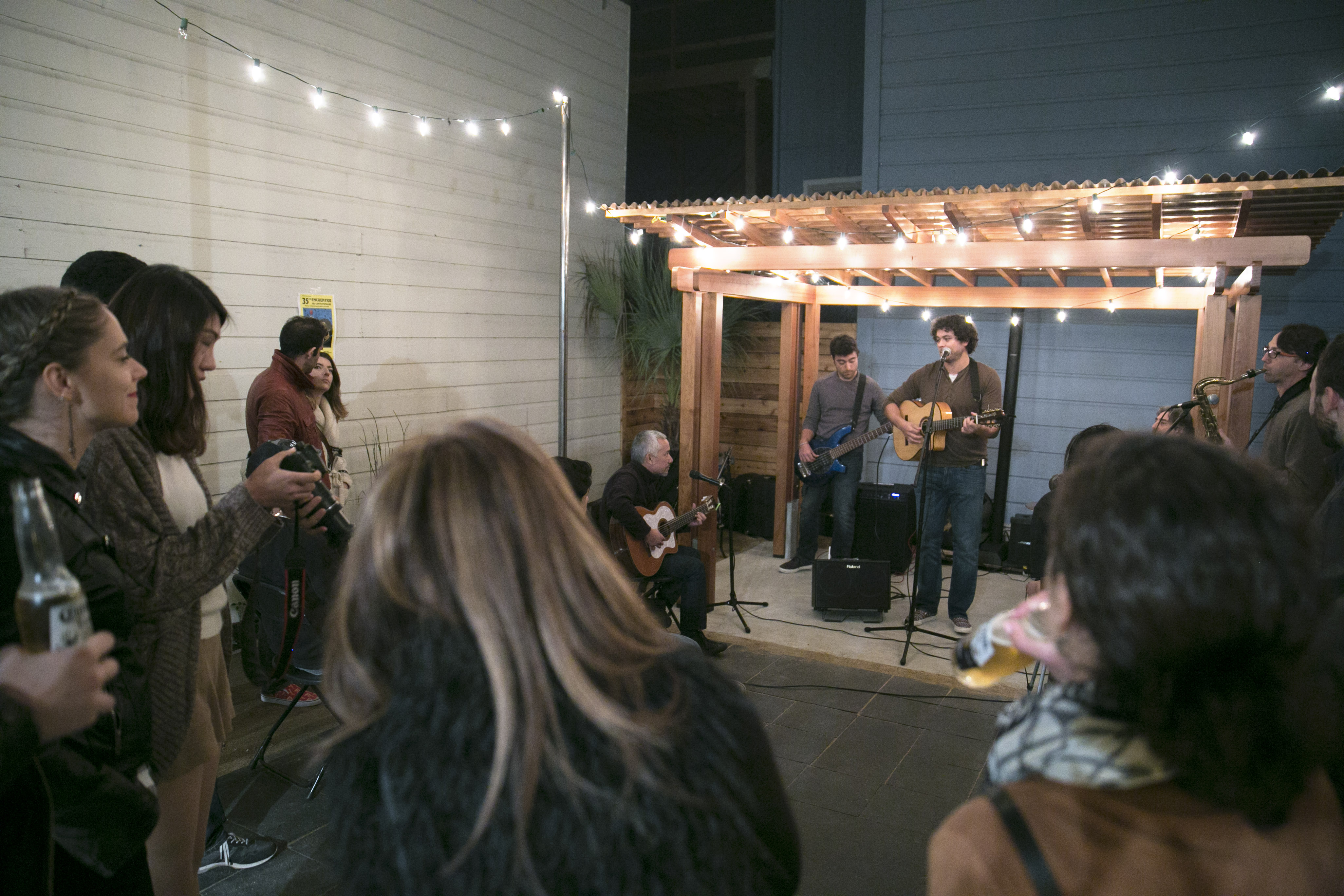Bay Area and The Bottom Line: Challenges and Opportunities for San Francisco’s Arts Community

Photo courtesy of Acción Latina, San Francisco Arts Commission 2016 Creative Space grant recipient
Guest article from Barbara Mumby Huerta, Director, Community Investments, San Francisco Arts Commission
Q: Organizations based in San Francisco averaged the lowest operating bottom lines. They demonstrated the greatest percentage discrepancy between unrestricted surplus and operating surplus (both before depreciation), indicating that organizations in this market tended to bring in more non-operating revenue than those in other markets. From an on-the-ground perspective, what do you think contributes to these findings? Bottom Line Report.
Based upon the National center for Arts Research’s Bottom Line Report, arts organizations in San Francisco are struggling more than their counterparts in other cities. Working with over 200 non-profit arts organizations located in the City, we don’t need to dig too deep to understand the challenges they face in the Bay Area. The cost of living and doing business in San Francisco has outpaced all other urban cities in the nation, becoming the most expensive city in the US.
As a city that prides itself in its diversity and as a safe haven for marginalized communities, our local government, private philanthropic partners, and long-established arts organizations have been working together for several years to address the growing economic disparity and the need to stabilize our most vulnerable non-profits organizations.
Cultural Equity Grantmaking
Due to community advocacy, the San Francisco Arts Commission received a historical increase to our Cultural Equity Endowment Fund in 2014 to address current issues facing artists and organizations at this time. The purpose of the Endowment is to provide various project-based supports to arts and cultural non-profit organizations and individual artists that are deeply rooted in historically marginalized communities. Based upon the growing need to stabilize organizations around space issues, this increase allowed us to allocate more resources to supporting space acquisition and building upgrades. This includes a new partnership with a local non-profit, the Mission Economic Development Agency to provide housing counseling to artists and arts administrators to support their applications for Below Market Rate housing.
Community Arts Stabilization Trust (CAST)
The Rainin Foundation partnered with the Northern California Community Loan Fund in 2013 to create the Community Arts Stabilization Trust (CAST) to stabilize physical spaces for arts and cultural nonprofits in San Francisco. The Rainin Foundation provided a $5 million dollar seed grant and the San Francisco Arts Commission and our sister agency, Grants for the Arts, each contributed $75,000 to support the start of the organization. CAST works with eligible non-profit arts organization to purchase properties for the organization and holds them in a trust for a specific period of time. In addition, CAST supports the organization to build their capacity and capital in order to own the property outright. Also, they provide lease negotiation support to help organizations acquire affordable rental properties.
Nonprofit Displacement Mitigation Program
The San Francisco Nonprofit Displacement Mitigation Program was implemented in in 2014 to provide grants for technical and financial assistance to arts and cultural organizations that are most at-risk of displacement or have already been displaced due to the rising cost of real estate. Funding for this program comes from the City and County of San Francisco through the San Francisco Arts Commission and the Mayor’s Office of Housing and Community and is administered by the Northern California Community Loan Fund (NCCLF), Community Arts Stabilization Trust(CAST) and Urban Solutions (US).
The Bottom Line Report indicates that small organizations tend to be healthier. This line of thinking supports what we see with our grantees. Organizations that grow too quickly tend to struggle in sustaining a growing infrastructure. The organizations that remain small and flexible are able to navigate a changing market and look at innovative ways to cut costs, such as the use of shared office space or shared administrative supports. It also helps when governmental and private entities can work together to think innovatively on ways to stabilize the sector. Although organizations and artists still struggle to maintain their practice in San Francisco, it has resulted in the blossoming of innovative partnerships that will likely outlive the ebb and flow of the economy.
###
About the San Francisco Arts Commission:
Established by charter in 1932, the San Francisco Arts Commission is the City agency that champions the arts as essential to daily life by investing in a vibrant arts community, enlivening the urban environment and shaping innovative cultural policy.
The San Francisco Arts Commission’s grants program emerged in 1993 as the result of the arts community’s desire for a transparent funding stream dedicated to supporting the very smallest of organizations deeply rooted in marginalized communities. Equity and diversity have been the foundation of our work for over two decades.